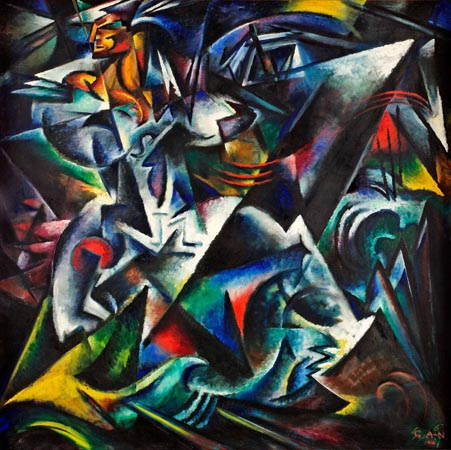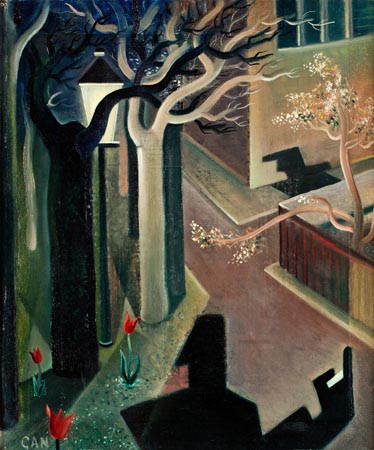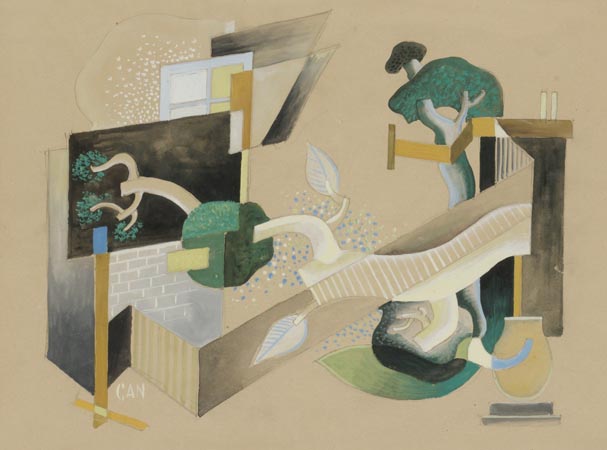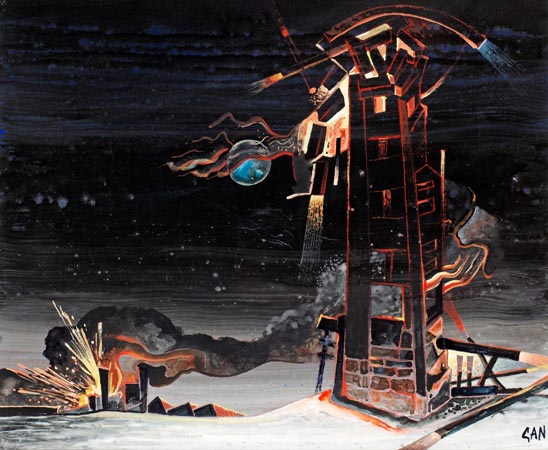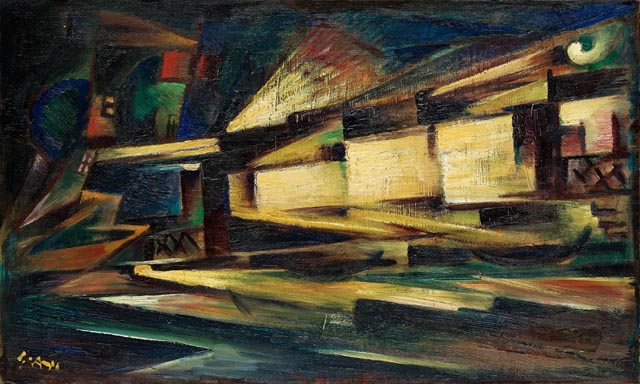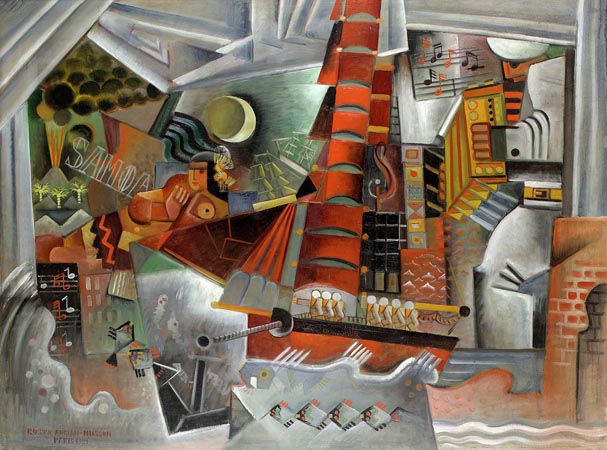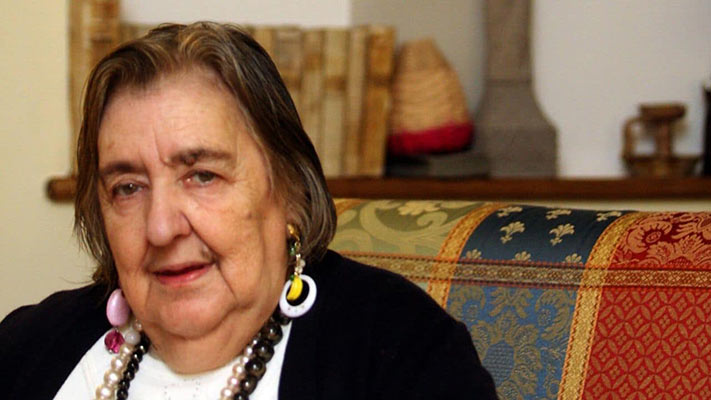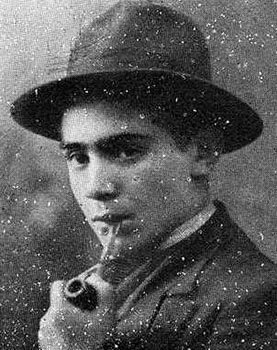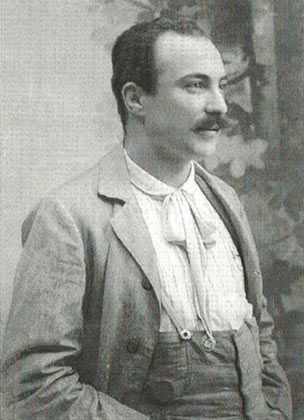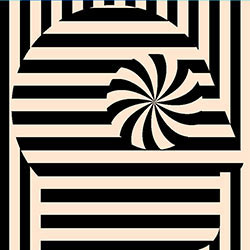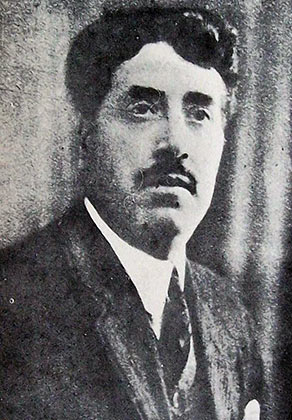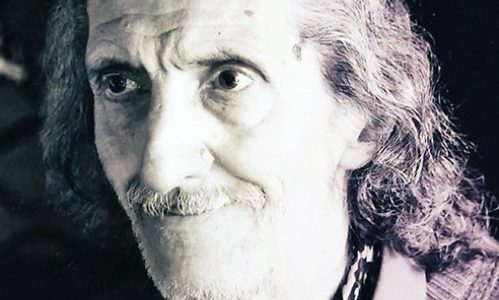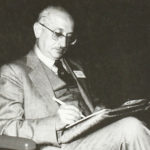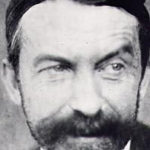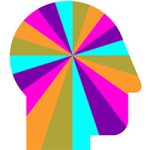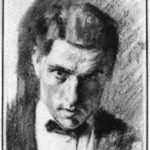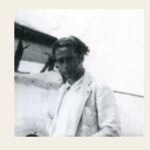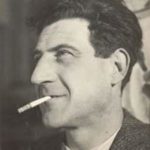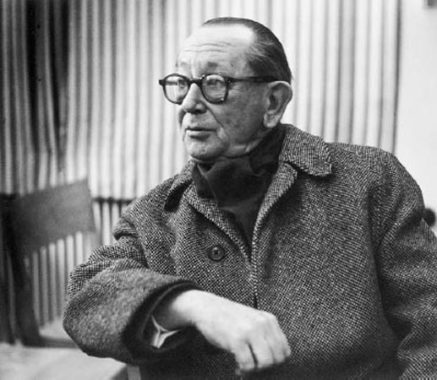
Nilsson-Adrian Gösta
(English)
Lund 1884 – Stockholm 1965, Swedish artist and writer. He is regarded as a pioneer of the Swedish modernist art movement.
GAN debuted as an artist 1907 with an exhibition at the Art Museum of the University of Lund. After studies at Zahrtmann’s School in Copenhagen, he traveled year 1914 to Berlin to study modernism. Through the writer Herwarth Walden’s gallery Der Sturm he came in contact with the contemporary art movements. Both Wassily Kandinsky and Franz Marc were of huge importance when he began developing a semi-abstract style with deep, vibrant colors, an own style of expressive cubism. He was fascinated by modern technology and masculine strength, which was reflected in his artistic works. Year 1916 he moved to Stockholm, where his modernistic art and propaganda for the new art caused much attention. Around year 1919 his art was developing into pure abstract art. Around year 1920 he made several collages in the dadaist style. Between the years 1920 and 1925 he lived in Paris and there he came in contact with Alexander Archipenko and Fernand Léger. Léger’s influence can partly be seen in his rendering of mechanical human figures such as sportsmen, seamen and soldiers. GAN produced geometric abstract works around the end of the 1920s. During the 1930s he developed his own personal relationship to surrealism and took part in exhibitions like Kubisme-Surrealisme in Copenhagen in the year 1935.
GAN influenced members of the Halmstad Group (Halmstadgruppen). Through an old friend of GAN, the railway engineer Egon Östlund, he was reunited with his cousins Axel and Erik Olson and Waldemar Lorentzon. In the year 1928 he got to know Sven Jonson and Esaias Thorén, and in particular Thorén became a greater admirer of GAN. Especially his surrealistic phase influenced them, but also his motives of seamen’s life.
His later works approached romanticism, inspired by the landscape painter Marcus Larson. In addition to oil paintings, he also produced some watercolour works, and wrote poems, short stories and children’s books.
The fact that GAN was gay was reflected in many of his works. For example, for periods he was fixated by sailors and adored masculine strength. Other favorite motives was sportsmen. At the same time, the homosexual eroticism was both illegal and a taboo and GAN was forced to live a double life.
GAN is represented at the Nationalmuseum and the Moderna Museet in Stockholm, Gothenburg’s Art Museum, Malmö Art Museum, Waldemarsudde and Kulturen in Lund. In the last mentioned museum GAN’s works and those of Wiven Nilsson constitute a permanent exhibition of modernistic art. His writings are preserved at the University Library of Lund.
GAN is buried at the cemetery of Norra kyrkogården in Lund.
